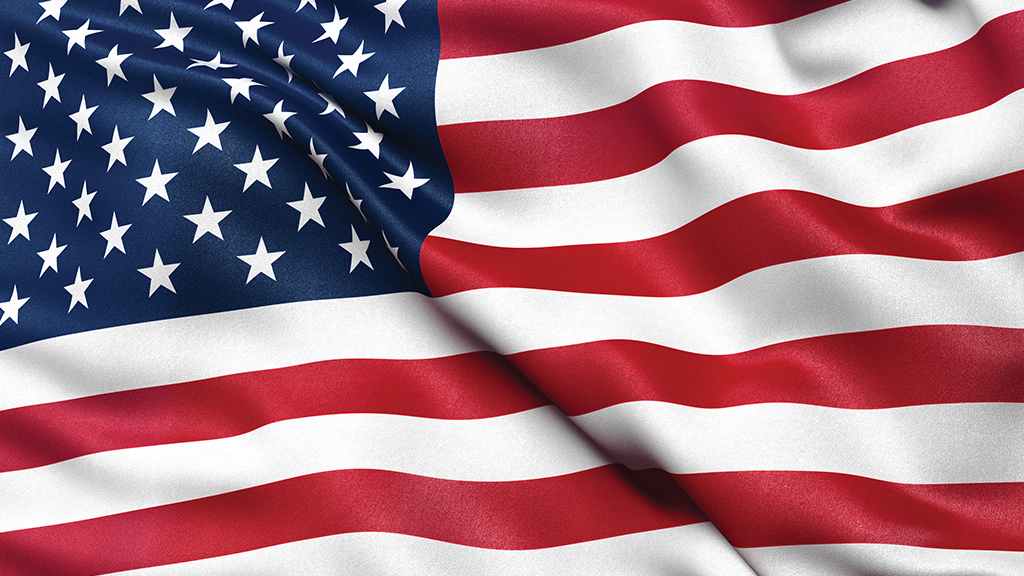
Photo credit: ARSTEN REISINGER/STOCK.ADOBE.COM
On July 10, 1999, the country held its collective breath as Briana Scurry, the U.S. women’s national soccer team goalkeeper, stepped into the net to face China in a penalty kick shootout in a sold-out Rose Bowl stadium. Many will remember Scurry diving to her left to keep one of the shots out of the net, pumping her fists with fiery intensity and giving her team the chance to win it all. And everyone will remember Brandi Chastain stepping up to hit the win-clenching shot and subsequently ripping off her shirt, exposing her black sports bra, and flexing her muscles for the world to see.
No one, however, will remember Scurry running over to her then-girlfriend to give her a celebratory kiss. The camera panned away quickly. America was ready for women to compete in front of massive crowds, but it was not ready for a same-sex couple to kiss on national television.
Fast forward exactly 20 years, and the U.S. Women’s National Team won another World Cup, this time in France. The team, both diverse and dominant, flourished despite being embroiled in a lawsuit with its employer for pay equity—never folding under the massive pressure placed upon its collective shoulders. Megan Rapinoe led the team. Outspoken and bold, she battled the president and won the Golden Ball as the tournament’s best player. Going even further, she emphatically stated, “GO GAYS!” in the middle of a press conference. “You can’t win a championship without gays on your team—it’s pretty much never been done before ever. Science, right there.”
More than just another one of Rapinoe’s provocative sound bites that resonated around the world, the statement is also true. We confirmed in our interviews for Raising Tomorrow’s Champions that the U.S. has never fielded a National Team roster without multiple lesbian players, dating back to 1985 when, among others, goalies Kim Wyant and Ruth Harker were out to their teammates, but still hiding that fact from most of the outside world. The same was true in 1999, when Scurry and fellow goalie Saskia Webber, among others, were lesbian members of Mia Hamm’s team that won the hearts and minds of America in the Rose Bowl.
Considering the statistics, America still paints a grim picture with more than 70 percent of LGBTQ youth feeling sports are not welcoming of their differences. Also, with such a harsh environment, the most vulnerable kids are left on the sideline feeling unworthy in spaces that prioritize on-field success over human development.
The strain on our youth is exacerbated by the issue that in a world where gender and orientation is becoming less and less binary, athletics are lagging in acceptance of queer-spectrum and trans-spectrum individuals. The sweeping legislation across our country attempting to ban trans athletes is one example of how sport, one of the greatest unifiers, can be used as a source of division.
When LGBTQ youth have higher rates of suicide, depression, and anxiety, it is imperative that sport be an outlet that makes them feel safe, seen, and loved. We deny the opportunity for so many youths, the ones who need these opportunities the most, to gain the lessons that sport can teach: resiliency, leadership, belonging, drive, self-worth, and much more.
Science does state definitively that elite female athletes are somewhat more likely to straddle the gender line, with higher levels of testosterone, and therefore more muscle mass and capacity for strength and speed. The best athletes are also more likely to display variable gender expression and/or sexual preference. Said another way: The further a girl progresses in soccer, or any other sport for that matter, the more likely she—and her family—will have to confront sexual orientation and gender expression issues that still run counter to certain cultural and religious acceptance thresholds.
So, what changed in those 20 years between those pivotal games? For one, Abby Wambach. By the time she retired from the game, Wambach didn’t want to leave any gray area whatsoever about the intentions of her future actions. “For so many years, I never wanted to be this person who put myself on a mountain and screamed from the mountaintops about my sexuality because it didn’t matter to the way that I played the game, but it does matter to who I am as a person,” she told a National Press Club audience in October 2015. She was ready to speak out on behalf of those who were voiceless and who “may not feel comfortable in their own skin. I want to advocate for them because if they don’t feel comfortable, I will be the person to tell them, ‘You are loved, and you are heard.’”
The U.S. Women’s National Team is a glowing example of inclusion and hence, an affirmative agent for change. After the 2019 World Cup victory, the team rode atop buses while the streets teemed with screaming fans in New York City.
At 11:44 a.m. in front of New York City Hall, Rapinoe strode to the lectern with the same confidence she used to take penalty kicks. She declared with raw honesty and authenticity, “This group is so resilient, is so tough, has such a sense of humor, is just so badass. We have pink hair and purple hair. We have tattoos and dreadlocks. We’ve got white girls and black girls, and everything in between. Straight girls and gay girls.”
In 1999, I watched in awe of Scurry, Hamm, and Chastain, and I devoted my life to following in their footsteps. Now, I watch in awe of Rapinoe, Carli Lloyd, and Crystal Dunn, and I devote my life to amplifying their legacy. When the rest of the world is as open and accepting as the inside of the National Team’s locker room, we will all be champions.
Joanna Lohman (lohman.joanna@gmail.com), author of Raising Tomorrow’s Champions, is a former professional soccer player and member of the United States Women’s National Team.

Share this content